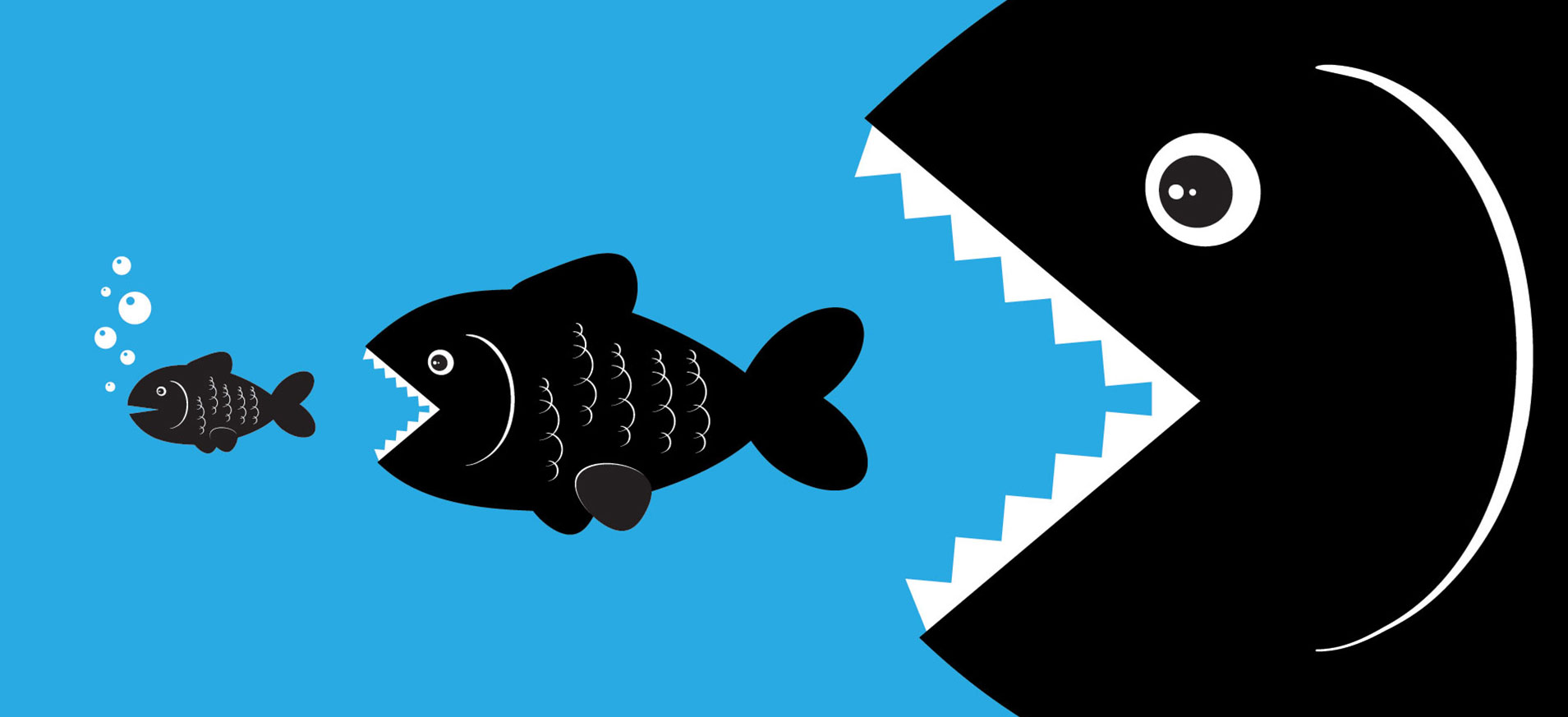Knowing When Competitive Advantage is Real

 Thinking a company has a competitive advantage and knowing it has one, can sometimes be different. ‘A rising tide floats all boats’ and thus a company with rising sales, loyal customers and healthy profit doesn’t always mean it’s leveraging competitive advantages. Instead, it could be in a fast-growing market with an inferior product and higher operating costs, relative to the market leaders. So how can Business Leaders test for competitive advantage?
Thinking a company has a competitive advantage and knowing it has one, can sometimes be different. ‘A rising tide floats all boats’ and thus a company with rising sales, loyal customers and healthy profit doesn’t always mean it’s leveraging competitive advantages. Instead, it could be in a fast-growing market with an inferior product and higher operating costs, relative to the market leaders. So how can Business Leaders test for competitive advantage?
Definition
Competitive advantage is attributed to a wide range of factors that include cost structure, image, product performance, distribution, capital infrastructure, intellectual property rights, and so on. Whilst there are numerous factors, my experience suggests competitive advantage is “superior performance relative to the competition” and manifests itself in three ways:
- A premium price relative to the competition; or
- A lower cost-to-serve model relative to the competition; and
- Is sustainable in two ways: (a) it’s repeatable over time and (b) can’t easily be imitated by competitors
And consequently, competitive advantage should always reveal itself to the company in the form of a superior financial return to the owners over a prolonged period e.g. EBIT (Earnings Before Interest and Tax). A simpler, more pointed, definition is that competitive advantage is represented by surplus – the gap between buyer value and cost.
Increasing Competitive Advantage
Business Leaders who want to increase competitive advantage can do so in three main ways:
- Increasing the gap between buyer value and cost by either investing in ways that reduce the cost-to-serve model and/or enhance the brand image/ product performance in ways meaningful to the target customer to justify a price increase. For example, investing to improve labour productivity or incorporating new product features and benefits that increase customer demand
- Extending into new markets with new competitors where the company’s advantage can be leveraged in a way that entitles it to win, for example: a company with a product that has a much shorter dry time and superior finish in the commercial paint market would be tempted to leverage this winning formula in the consumer paint market
- Strengthening the fit between activities that make-up a competitive advantage, for example: a people outsource company investing to improve its candidate recruitment and selection process by, say, a new on-line registration portal linked to candidate selection software.
Some Key Questions for Business Leaders
- How does my company’s performance compare to key competitors: better, the same, worse?
- How do customer reasons for choosing a preferred product/service/supplier map back to my company’s activities and how they’re performed?
- Is the basis of my competitive advantage sustainable over time or being eroded by competitors?
- How does the company’s current and future competitive advantages inform our investment decisions, where we play and how we choose to compete?
